How to Find Weed Strains With Specific Terpenes (Plus a Shortcut if You Just Want the Feeling)

Hunting for specific terpenes in cannabis strains can feel like searching for a needle in a haystack.
You know myrcene makes you mellow, limonene lifts your mood, and pinene sharpens focus, but finding strains with the exact terpene profiles you want? That's where most people get stuck scrolling through endless strain databases without a clear game plan.
With the right approach, you can decode any strain's terpene fingerprint and match it to your desired effects. Even better? There's a streamlined alternative if you'd rather skip the detective work entirely.
Let’s discuss how to find weed strains with specific terpenes.
Key Takeaways
-
Terpenes influence cannabis effects by interacting with cannabinoid receptors and neurotransmitter systems.
-
Understanding terpene ratios helps predict how different strains will impact mood, focus, or relaxation.
-
Reading COAs gives the most accurate terpene data, while databases provide general guidance for strain selection.
-
Timing your purchase and knowing the cultivation method can improve the consistency of terpene effects.
-
Mood-based blends offer reliable results by combining targeted terpene profiles with standardized formulations.
-
Tracking personal experiences with terpene-rich strains helps identify which profiles work best for your needs.
-
Skip the guesswork and try Mellow Fellow’s curated blends for consistent, effect-driven cannabis products.
How Terpene Profiles Influence Cannabis Effects
Terpenes are aromatic compounds found in cannabis that contribute not only to a strain’s scent but also to its overall effects.
While cannabinoid percentages like THC and CBD indicate potency, terpenes offer insight into the character and experience a strain may produce. These compounds work alongside cannabinoids through what is known as the entourage effect, altering how the body responds to cannabis.
Understanding the most prominent terpenes and their biological activity can help you predict how a particular strain may affect mood, cognition, and energy levels.
Common Terpenes and Their Biological Activity
Several major terpenes are found consistently across different cannabis strains, each interacting with specific receptor systems in the body:
Myrcene
Myrcene is typically present at concentrations up to 0.5% in indica-leaning strains. It has a strong sedative profile and binds to CB1 receptors, contributing to the “couch-lock” sensation and overall body relaxation. Some studies even demonstrate that myrcene may have analgesic or pain-killing properties.
Limonene
Limonene, commonly found at 0.1-0.3% in sativa strains, is known for its citrus scent and mood-lifting effects. It interacts with the 5-HT1A receptor, which is linked to reduced anxiety, and it also happens to be a good terpene for inducing euphoria. Some studies also suggest it may support immune function, reduce gastric reflux, and reduce inflammation.
Pinene
Pinene appears at 0.05-0.2% and has been shown to inhibit acetylcholinesterase, a mechanism that may help preserve memory function and counteract some of THC’s cognitive side effects. Its alert, refreshing profile makes it a potential focus booster. Find out more about great terpenes for focus right here.
Humulene
Humulene is a terpene often found in hops and cannabis, contributing an earthy, woody aroma. Preliminary research shows it may act as an appetite suppressant, which contrasts with the “munchies” typically associated with cannabis use. Humulene also exhibits anti-inflammatory activity.
Terpinolene
Terpinolene is less common than the others listed but appears in notable concentrations in certain sativa-leaning strains. It has a complex aroma profile, including floral, piney, and citrusy elements, and has shown mild sedative effects in animal studies.
Caryophyllene
Caryophyllene, also known as β‑caryophyllene or BCP, is one of the only terpenes known to interact directly with the body’s endocannabinoid system. It acts as a selective CB2 receptor agonist, which gives it notable anti-inflammatory and immunomodulatory properties. Studies also show that it has great antianxiety potential, along with several other terpenes.
Linalool
Linalool is best known for its soft, floral aroma, often compared to lavender. Found in both cannabis and many herbs, linalool has shown strong potential as an anxiolytic compound. It interacts with the GABA-A receptor system, promoting calming effects similar to those of mild sedatives.
These interactions explain why two strains with identical THC levels can feel vastly different. A myrcene-heavy strain is likely to promote deep relaxation, while one higher in limonene and pinene may offer focus and clarity. Learn about the best terpenes for arousal right here.
Effects and Strain Predictions
When terpenes are combined, their interactions often produce more pronounced or nuanced effects than any single compound alone, known as the entourage effect, and this can produce added benefits when compared to any single cannabinoid or terpene alone.
Just for example, pairing limonene and pinene has been linked to improved cognitive performance and reduced THC-induced anxiety.
What this means is that by analyzing the balance of multiple terpenes in a strain, we can predict its effect profile.
For another example, strains containing moderate levels of both myrcene and linalool (typically between 0.3-0.7%) tend to support relaxation without heavy sedation. Try Mellow Fellow’s Dream Blend to support relaxation and sleep.
On the other hand, those with higher limonene and pinene often promote alertness and a positive mental state. Try our Charged Blend to give you an energetic boost.
Knowing how terpene profiles affect your experience provides a more complete picture of what to expect from a given cannabis strain. With consistent testing and attention to terpene content, users can better match strains to their desired outcomes.
Top Strains by Dominant Terpene Profile
Some strains naturally lean into certain terpene profiles depending on their genetics and how they’re grown.
Take Blue Dream, for example; it consistently produces limonene levels in the 0.8 to 1.2% range. That makes it a go-to for anyone looking for a mental lift or a burst of creative energy. Even across different growers and batches, the terpene balance in Blue Dream tends to stay pretty steady.
If you’re after something rich in myrcene, strains like Granddaddy Purple and Bubba Kush are solid picks. These indica-heavy varieties often clock in above 1.5% myrcene and usually come with a good dose of linalool and caryophyllene too. The result? Strong body relaxation, perfect for winding down or getting some rest.
Then there are pinene-forward strains like Jack Herer and Durban Poison. These typically carry around 0.5 to 0.9% α-pinene, which can help sharpen focus and keep your head clear. Pinene is also known for potentially offsetting some of THC’s brain fog effects, making these strains great if you want to stay productive.
| Terpene | Strain Examples | Typical Concentration | Primary Effects |
|---|---|---|---|
| Myrcene | Granddaddy Purple, Bubba Kush | 1.0–2.5% | Sedation, muscle relaxation |
| Limonene | Blue Dream, Super Lemon Haze | 0.8–1.5% | Mood elevation, stress relief |
| Pinene | Jack Herer, Durban Poison | 0.5–0.9% | Alertness, memory retention |
| Linalool | Lavender, LA Confidential | 0.3–0.8% | Anxiety relief, sleep aid |
| Caryophyllene | Girl Scout Cookies, Sour Diesel | 0.4–1.0% | Anti-inflammatory, pain relief |
How to Find Weed Strains With Specific Terpenes
Two of the best methods for finding weed strains with specific terpenes are to read lab reports and COAs, and by using strain databases.

Reading Lab Reports and COAs for Terpene Data
Certificates of Analysis (COAs) offer the most precise terpene data available for any cannabis product. In most legal markets, these lab reports are required by law and include a detailed breakdown of the chemical composition of a specific batch.
Unlike strain databases, COAs reflect the actual test results from a particular harvest, making them the most reliable source for terpene information. Here’s what you need to know about reading COAs:
-
To read a COA, locate the terpene section, typically shown as a table listing individual compounds and their concentrations.
-
Begin by checking the total terpene content. High-quality flower usually contains between 1% and 4% total terpenes, with anything over 2% considered strong.
-
Next, identify any terpenes present at 0.5% or higher, as these are typically the dominant compounds that shape the strain’s aroma and effects.
-
Always review the harvest and testing dates. Terpenes are highly volatile and degrade with exposure to light, heat, and oxygen. A sample tested more than six months ago may not reflect its current terpene profile. For the most accurate picture, aim for lab reports that are no more than 30 to 60 days old.
Some dispensaries display simplified terpene data on packaging, but these summaries often exclude secondary compounds that still contribute to the overall effect.
When possible, ask to see the full COA to get a complete view of the terpene spectrum, including lesser-known compounds like ocimene, terpinolene, and nerolidol, which can subtly influence mood and therapeutic outcomes.
Using Strain Databases and Dispensary Filters
Strain databases and online platforms like Leafly, Weedmaps, and Seedsman can help you search for cannabis products by terpene profile. These tools allow you to filter by effects, dominant terpenes, or genetics, making them useful for narrowing down your options.
However, it's important to understand their limitations. The data on these platforms is typically based on average values from multiple growers, not individual batch results. Terpene content can shift depending on cultivation methods, harvest timing, and curing practices, so the numbers you see may not match what's in the jar.
-
When using these databases, start with general categories such as “myrcene-dominant” or “limonene-rich” instead of focusing on exact percentages. This makes it easier to find strains with similar effects, even if terpene levels vary slightly between batches.
-
You can also use filters for effects like “relaxing” or “energizing” to find terpene profiles that match your needs.
-
To improve reliability, cross-reference results across multiple sources. If several platforms agree that a strain typically contains high pinene, it’s more likely to hold true in practice.
-
Also, read user reviews that describe the effects. These can provide helpful clues about how specific terpene profiles feel during real use.
Many dispensaries now offer terpene-based filters on their websites. While helpful, these tools
are most effective when combined with up-to-date lab results. Ask your budtender if they can share the current COA for the batch in stock. That way, you can confirm the actual terpene content before you buy.
Advanced Terpene Hunting Techniques
Finding flower with the right terpene profile takes more than glancing at strain names on a shelf. If you're aiming for specific effects like focus, calm, or mood support, it helps to follow a more informed approach.
Related Products
Below are four methods experienced terpene-focused consumers use to find high-quality, effect-driven cannabis.
Use Databases With COA Confirmation
Start your search by browsing terpene-rich strains on platforms like Leafly, Weedmaps, or Seedsman. These sites let you filter strains by dominant terpenes or reported effects.
Once you’ve found a few options, contact local dispensaries to ask for Certificates of Analysis (COAs) for the batches currently in stock. Many dispensaries can provide lab reports via email or over the phone, giving you verified data before you buy.
Time Your Purchase Around Peak Terpene Levels
Terpenes are at their most potent a few weeks after harvest, once the curing process has stabilized the chemical profile. Ideally, buy flower harvested within the past 30 days.
After two to three months, terpene levels often decline due to exposure to oxygen, light, and fluctuating temperatures. Always ask about the harvest or packaging date to ensure you’re buying fresh product with active terpene content.
Factor in the Cultivation Method
How a plant is grown plays a role in terpene development. While results vary between growers, these general patterns are worth noting:
-
Organic soil can produce more complex and layered terpene profiles due to microbial activity and natural nutrient interactions.
-
Hydroponic systems often yield clean but less nuanced aromas, with sharper top terpenes and fewer minor compounds.
-
Indoor cultivation allows for environmental control, which helps maintain consistency between batches and limits terpene degradation.
Ask Budtenders With Terpene Knowledge
The best terpene recommendations often come from people who use the products themselves. Budtenders who understand terpene profiles can point you to strains that match your preferences and explain how different combinations may feel in practice.
Don’t hesitate to ask specific questions about terpene percentages or request their take on similar strains with comparable effects. Building a good rapport with knowledgeable staff often leads to better recommendations and more satisfying purchases.
Why Most People Choose the Shortcut Instead
Even with access to lab reports, online databases, and terpene filters, many cannabis users still find terpene hunting frustrating and inconsistent.
Strain names often don’t reflect actual chemical profiles, COAs aren’t always readily available, and terpene content can vary significantly between growers, even for the same genetic strain.
The Problem With Strain Variability
Cannabis strains with the same name can produce very different effects depending on growing conditions, harvest timing, and phenotype. This inconsistency makes it difficult for users to rely on strain names alone when shopping for specific effects.
Why Mood-Based Blends Are Gaining Ground
Mood-based blends offer a more dependable experience. These products are carefully formulated with fixed terpene ratios that support specific goals like focus, calm, or creativity. Unlike flower, they aren’t affected by grower variation or batch differences.
Consistency Through Standardized Formulas
Each product batch is tested to confirm the same mix of dominant terpenes. A creativity-focused blend, for instance, might consistently contain a precise ratio of limonene, pinene, and terpinolene, compounds known to support mental stimulation and clarity.
Saving Time for the Casual Consumer
For most people, researching terpene profiles, contacting dispensaries for lab reports, and testing various batches takes time and patience. Mood-based blends offer a practical solution by cutting out the guesswork and delivering reliable effects with every use.
How Mellow Fellow Eliminates the Guesswork
Mellow Fellow takes the complexity out of terpene selection by formulating products that deliver specific effects without requiring users to research strain chemistry. Each blend is created using targeted terpene profiles paired with precise cannabinoid ratios, backed by scientific research and internal testing.
Targeted Terpene and Cannabinoid Pairings
Every mood blend is designed for a specific outcome. For example, the Creativity Blend features high concentrations of limonene and pinene to support focus and mental clarity. The Tranquility Blend relies on a balance of myrcene and linalool to promote full-body relaxation and calm.
Learn more about Mellow Fellow’s Mood Blends and how they affect your experience in a beneficial way.
Consistent Effects Across Every Batch
Rather than hoping that a specific harvest of Blue Dream contains enough limonene, Mellow Fellow combines multiple terpene sources to ensure consistency. Each product is tested to verify it meets exact terpene and cannabinoid targets. This approach provides a level of reliability that raw flower strains rarely match.
A Simpler Way to Shop by Effect
Instead of memorizing terpene names or reading lab reports before every purchase, users can simply choose a product based on how they want to feel. The formulation work is already done. Whether you’re looking for focus, relaxation, creativity, or something in between, Mellow Fellow makes the process straightforward.
Full Transparency for Every Product
For those who want to go deeper into the science, Mellow Fellow provides Certificates of Analysis (COAs) for every product. These reports show the full terpene profile and concentration, offering transparency for both everyday users and experienced cannabis consumers who want to understand exactly what they’re getting.
Building Your Personal Terpene Reference
Tracking your experiences with different terpene profiles is one of the most effective ways to understand what works best for you. Whether you prefer raw flower or curated blends, maintaining a personal log can help identify patterns in how different combinations affect your mood, energy, and focus.
Keep Detailed Notes
Start by documenting each product or strain you try. Record the name, terpene profile (if available), THC and CBD levels, and dosage. Then, note the effects you experienced, both mental and physical. Keeping a consistent record makes it easier to spot trends and make informed choices in the future.
Use a Simple Rating System
To add structure to your notes, create a 1-10 scale for different categories such as mood, focus, energy, and body effects. For example, if a limonene-rich blend consistently scores high on your “focus” scale, that’s a useful data point you can apply to future purchases.
Track External Factors
The way cannabis affects you can vary based on other variables. Include notes about the time of day, what you ate beforehand, your stress level, and your current tolerance. This context helps isolate which effects come from the terpenes and which might be influenced by outside conditions.
Compare Notes With Others
Sharing your findings with other experienced users can help refine your preferences and open up new options. Online forums, strain review platforms, and local cannabis groups are great places to exchange experience reports and get recommendations based on terpene effects you already know you enjoy.
Finding Weed Strains With Specific Terpenes: Conclusion
Finding the right terpene profile doesn’t have to be a guessing game. From reading COAs to using databases and asking informed budtenders, there are several ways to identify strains that match your desired effects. However, the process can be time-consuming and inconsistent, especially when the same strain varies from one harvest to the next.
That’s why curated blends, like those from Mellow Fellow, offer a more practical option. By combining targeted terpene ratios with specific cannabinoids, these products deliver predictable results without the trial and error.
No matter if you want focus, calm, or creativity, Mellow Fellow blends are designed to take the research off your plate while keeping the experience consistent and enjoyable.
If you want control over how cannabis makes you feel, start by understanding terpenes. And if you want results without the detective work, curated blends are a smart, reliable alternative.
Ready to experience targeted terpene effects without the research? Browse All Products and discover how mood-based blends can simplify your cannabis experience while delivering the specific feelings you're seeking.
Frequently Asked Questions
What Is the Best Way to Start Tracking Terpene Effects?
Start by logging the strain name, terpene profile, THC/CBD levels, dosage, and your physical or mental response. Add a 1-10 scale to rate effects like mood, focus, and relaxation for easier comparisons over time.
Do All Strains With the Same Name Have the Same Terpene Profile?
No. Even strains with identical names can vary in terpene content depending on genetics, growing conditions, harvest timing, and curing. Always check batch-specific COAs when possible.
Can Terpenes Work Without THC or CBD?
Yes. Some terpenes like linalool, limonene, and caryophyllene have documented effects on mood and cognition even when consumed without cannabinoids, though the entourage effect may amplify results when combined.
How Long Do Terpenes Last in Stored Cannabis?
Terpene levels begin to degrade after a few months, especially if exposed to heat, light, or air. For optimal potency and aroma, use cannabis within 60 to 90 days of packaging when possible.
Are Mellow Fellow Blends Suitable for New Cannabis Users?
Yes. Mellow Fellow products are formulated for consistency and labeled clearly by intended effect, making them accessible to both new and experienced users who want a predictable experience.
Sources
-
Myrcene—What Are the Potential Health Benefits of This Flavouring and Aroma Agent? - PMC
-
Neuroprotective Potential of Limonene and Limonene Containing Natural Products - PMC
-
Effect of D-limonene on immune response in BALB/c mice with lymphoma - PubMed
-
Effects of inhaled Linalool in anxiety, social interaction and aggressive behavior in mice - PubMed
-
Recent studies on pinene and its biological and pharmacological activities - PMC
-
Metabolic Products of Linalool and Modulation of GABAA Receptors - PMC
Explore Other Articles
View allExplore more
- 11 hydroxy thc
- Blends
- blunt
- burn blend
- cannabinoids
- cartridge
- CBD
- cbg
- CBN
- Charged Blend
- Clarity Blend
- Concentrates
- Connection Blend
- Creativity Blend
- Dabs
- delta
- delta 10
- delta 11
- delta 8
- Delta 8 thc
- delta 9
- delta 9 thc
- Delta-10-THC
- Delta-11-THC
- delta-8
- Delta-8-THC
- Delta-9-THC
- delta9
- Desire Blend
- destination series
- Diamonds
- disposable
- disposable vape
- Dream Blend
- edibles
- elevate blend
- entourage
- entourage effect
- entourage effects
- Euphoria Blend
- focus
- gummies
- H4CBD
- halloween
- hemp
- hemp-derived
- HHC
- HHCp
- HTE
- Indica
- Introvert Blend
- lean
- legal
- Live Resin
- Live Resin cartridges
- m-fusions
- mechoulam
- momentum blend
- Motivation Blend
- preroll
- productivity
- raphael mechoulam
- Recover Blend
- Relief
- sleep
- strain review
- terp sauce
- Terpenes
- Thanksgiving
- thc
- THC Drink
- thc lean
- thc-p
- THCa
- THCb
- THCh
- THCm
- thcp
- THCp edibles
- THCv
- the elevate blend
- The Energy Blend
- The Happy Blend
- The Illuminate blend
- the momentum blend
- The Rest Blend
- Tranquility Blend
- vape
- vape cartridge
- Vapes
- wax
- wellness
- zkittlez


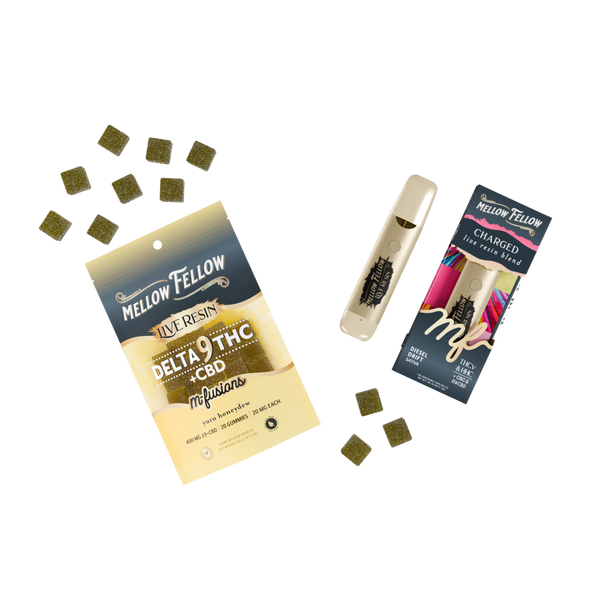
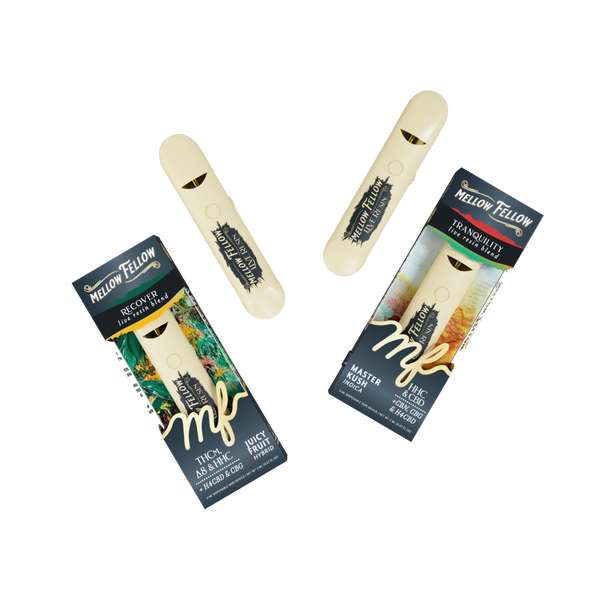
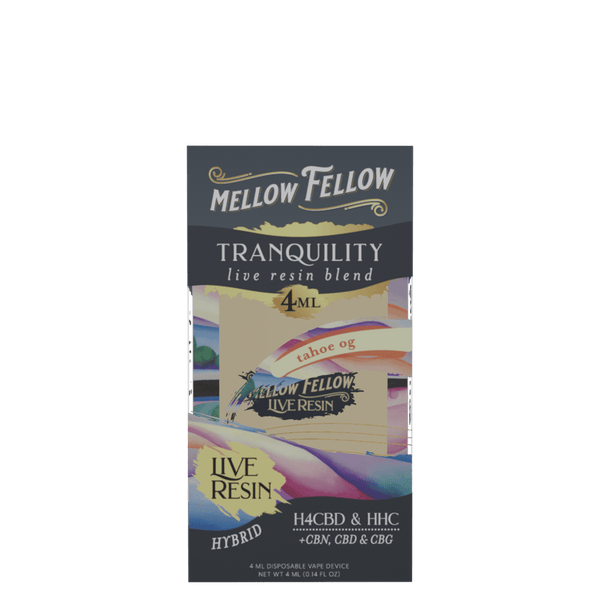
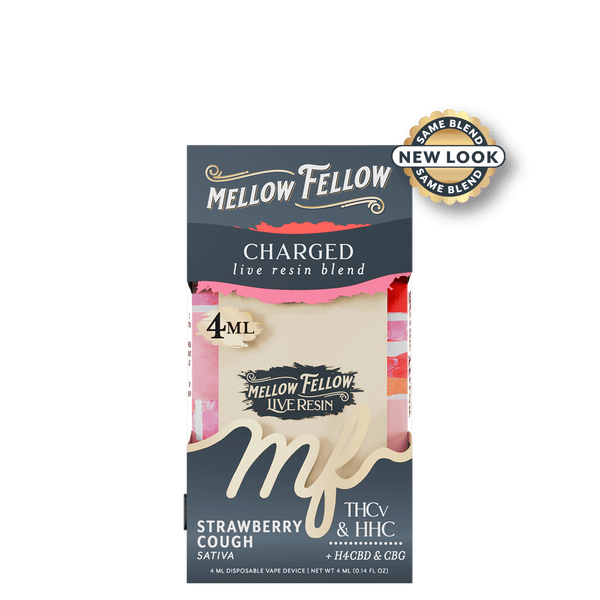
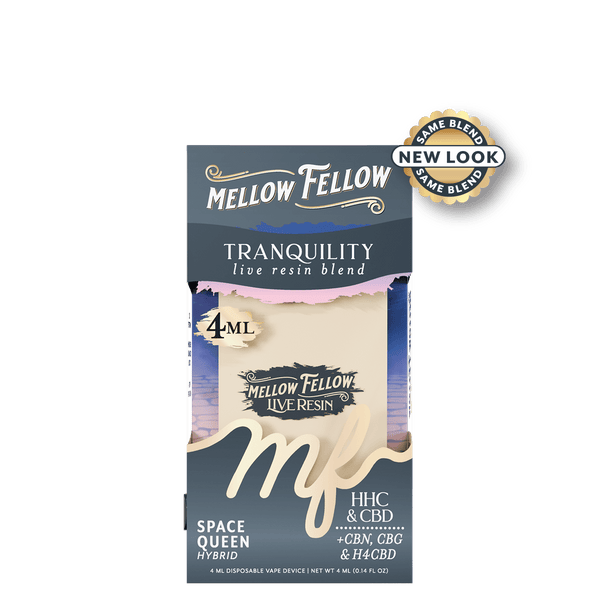
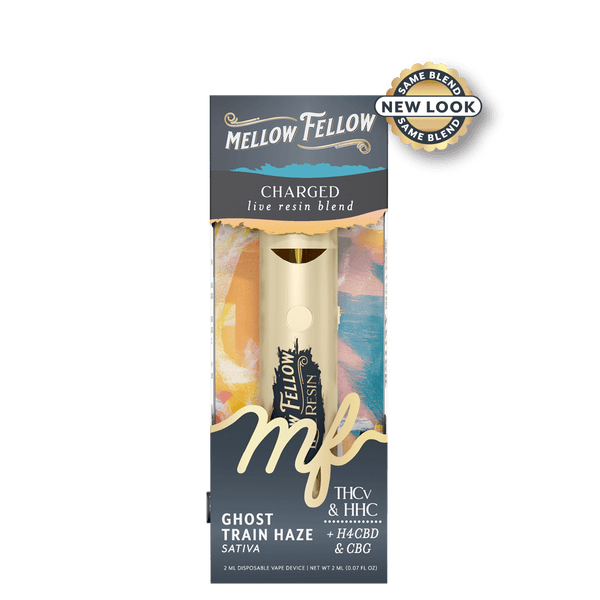










Leave a comment